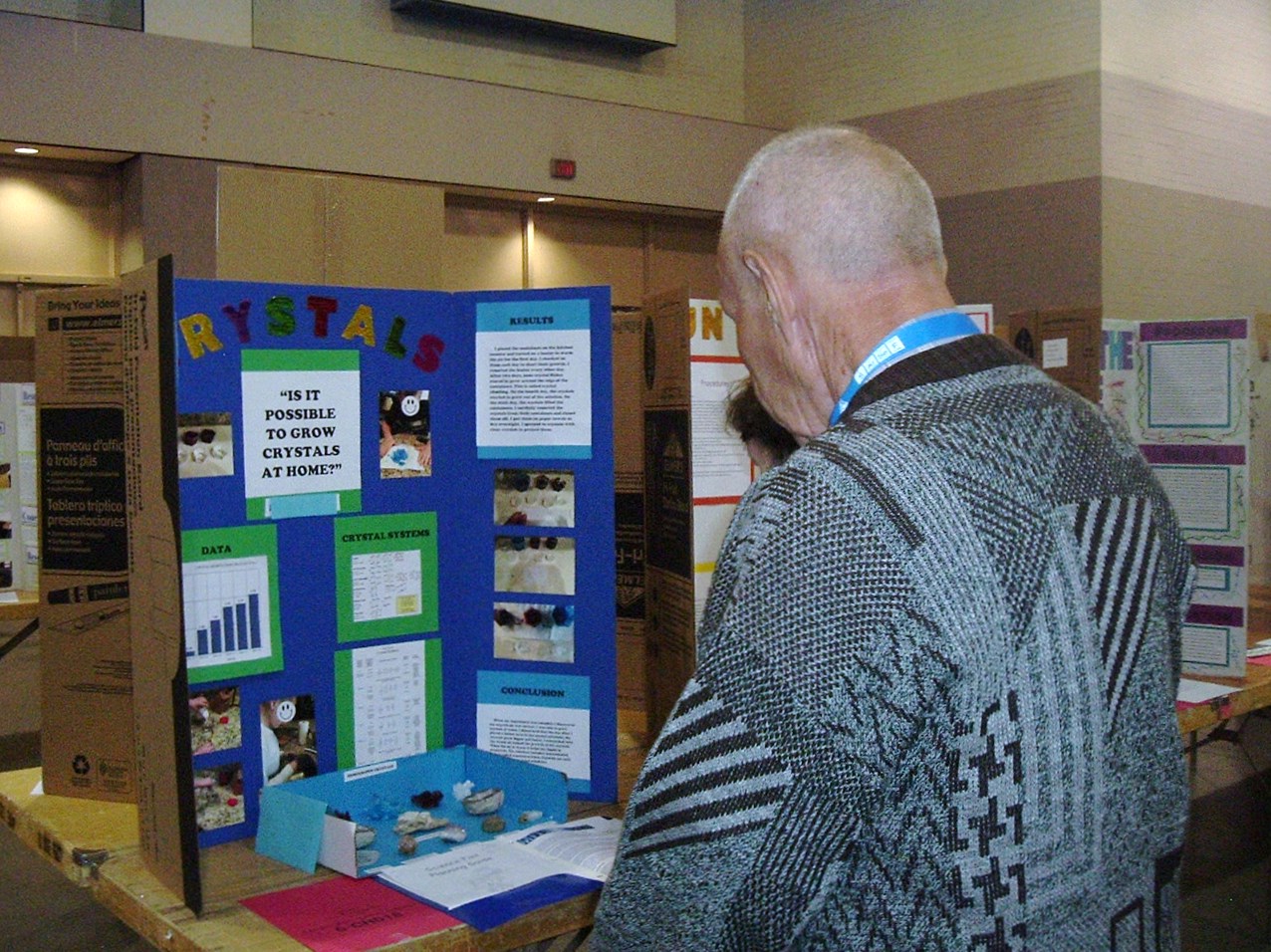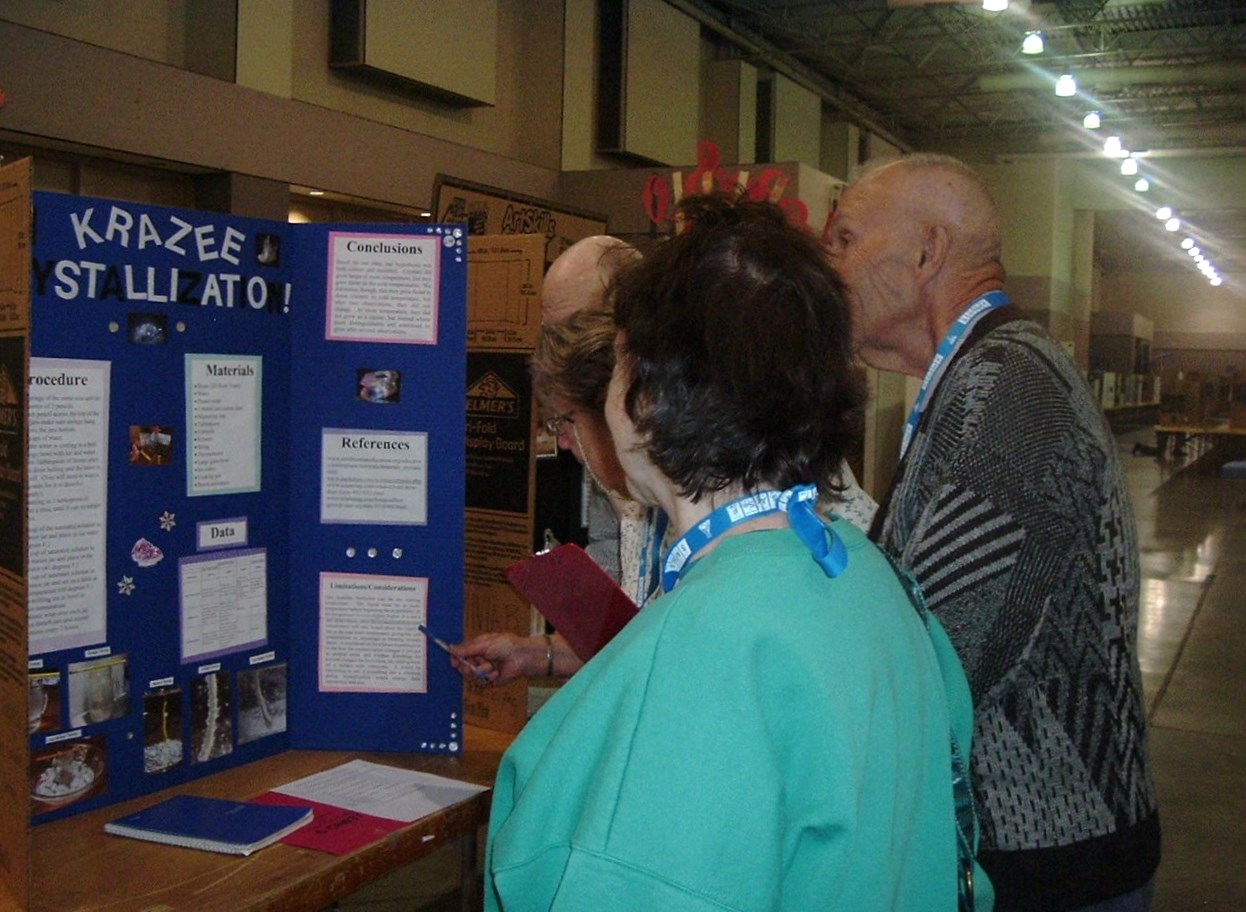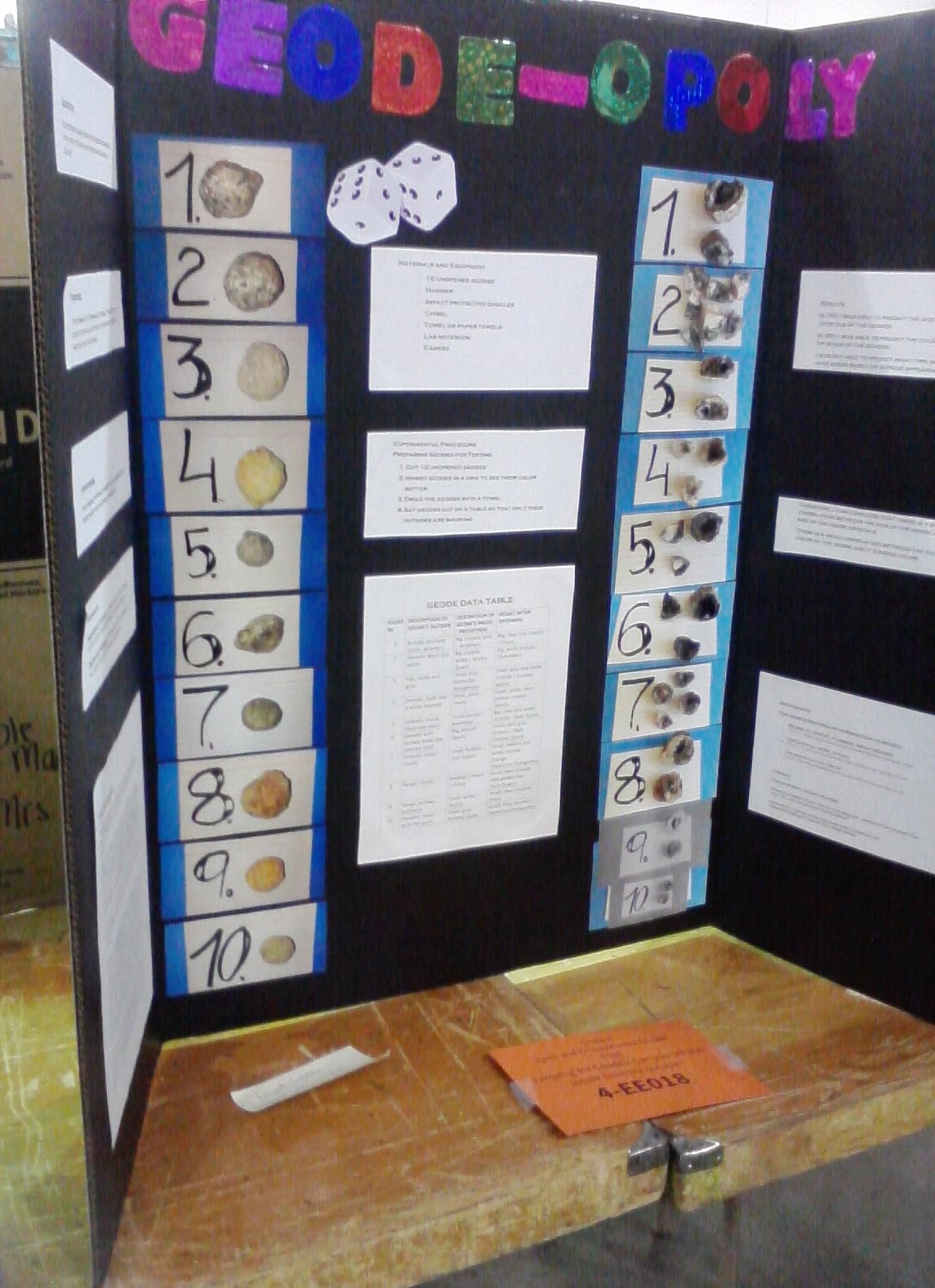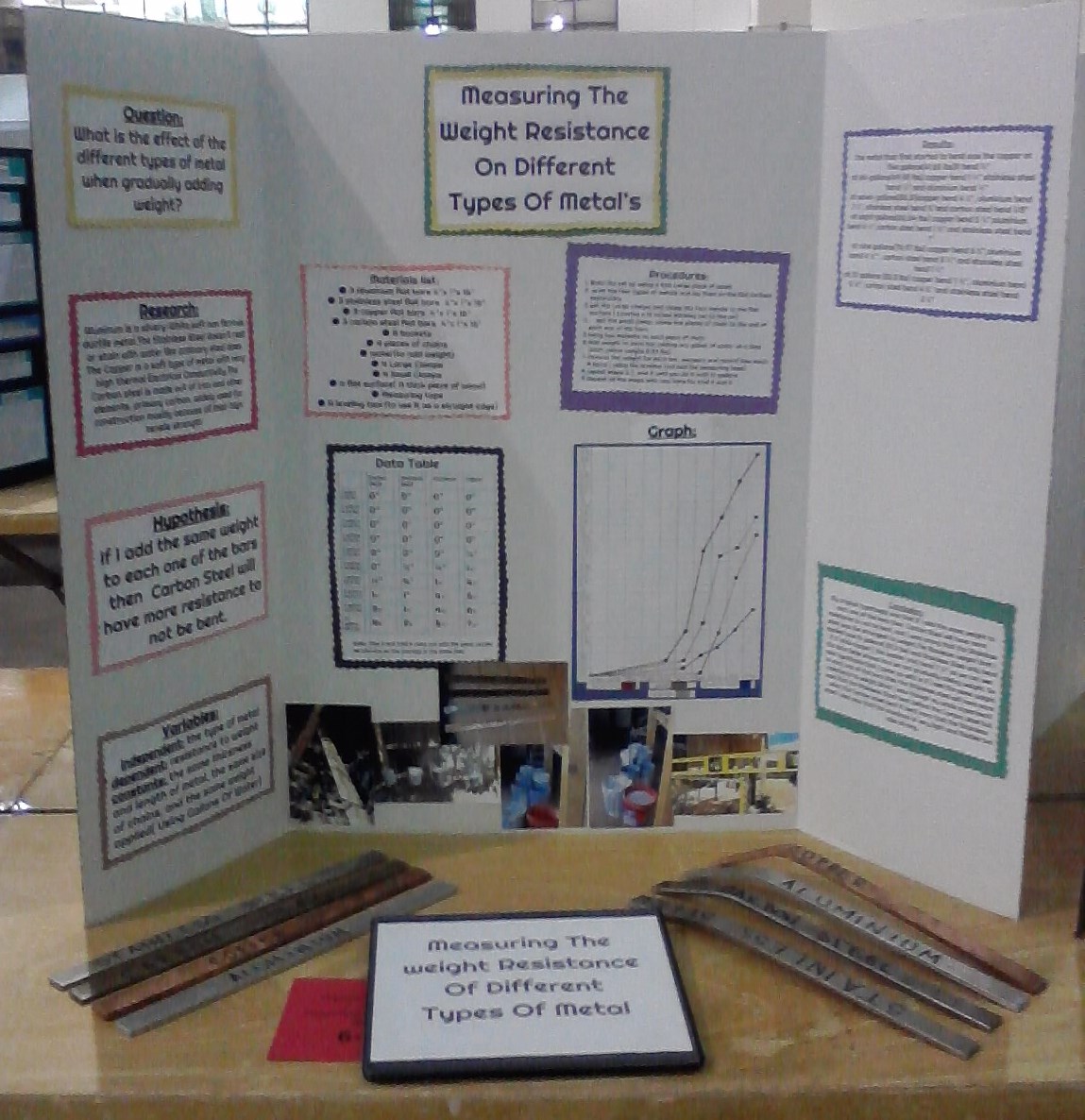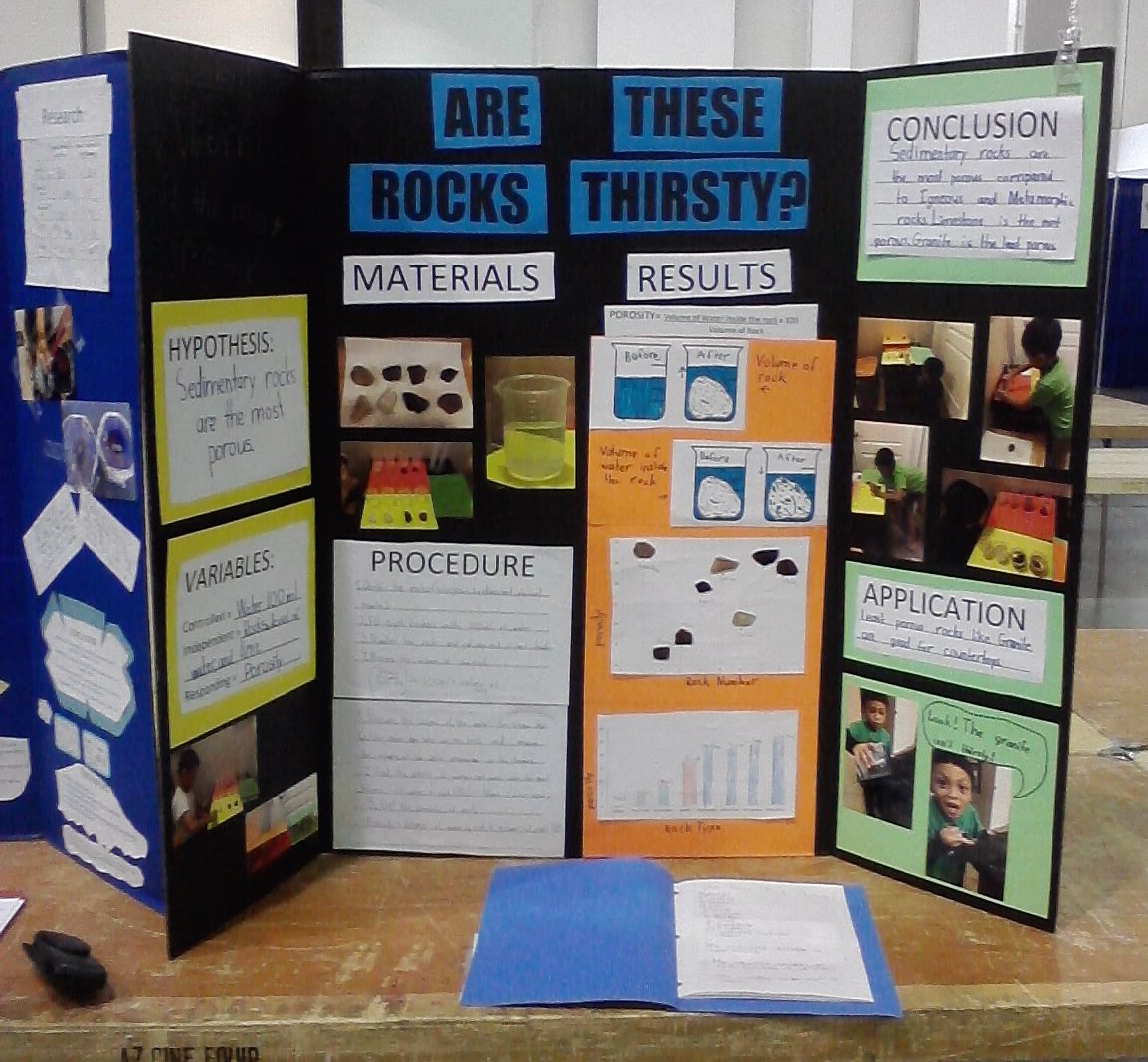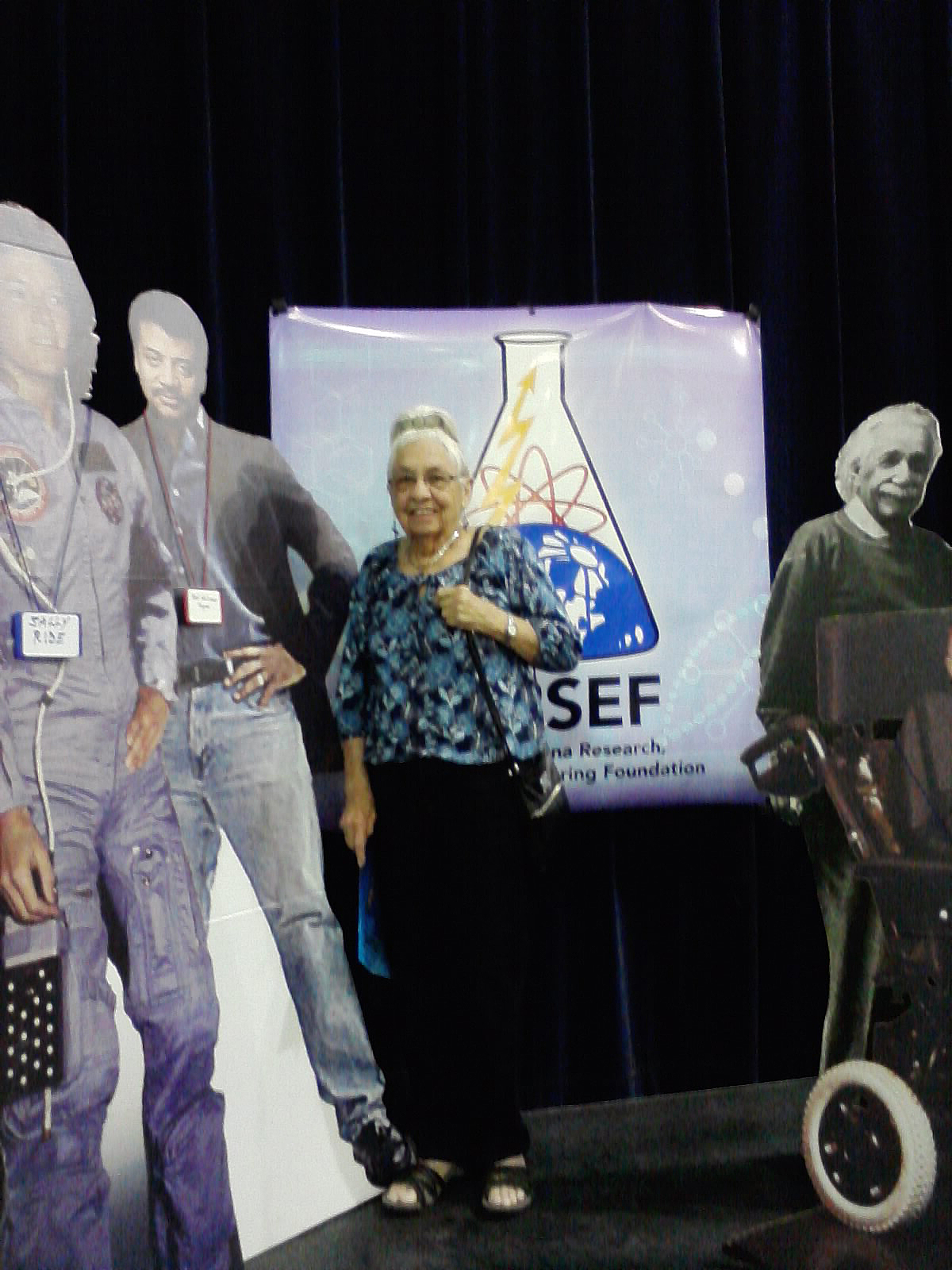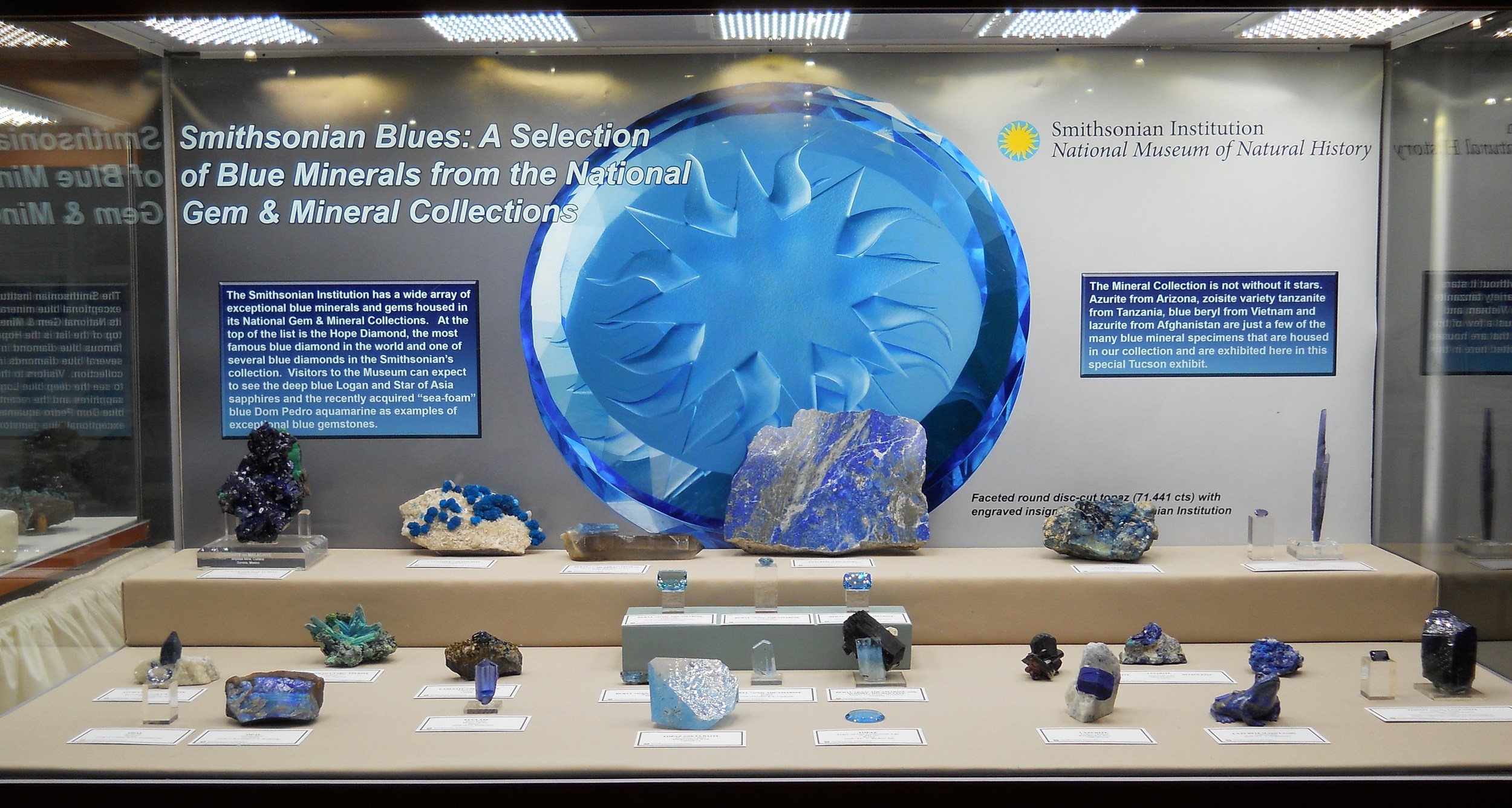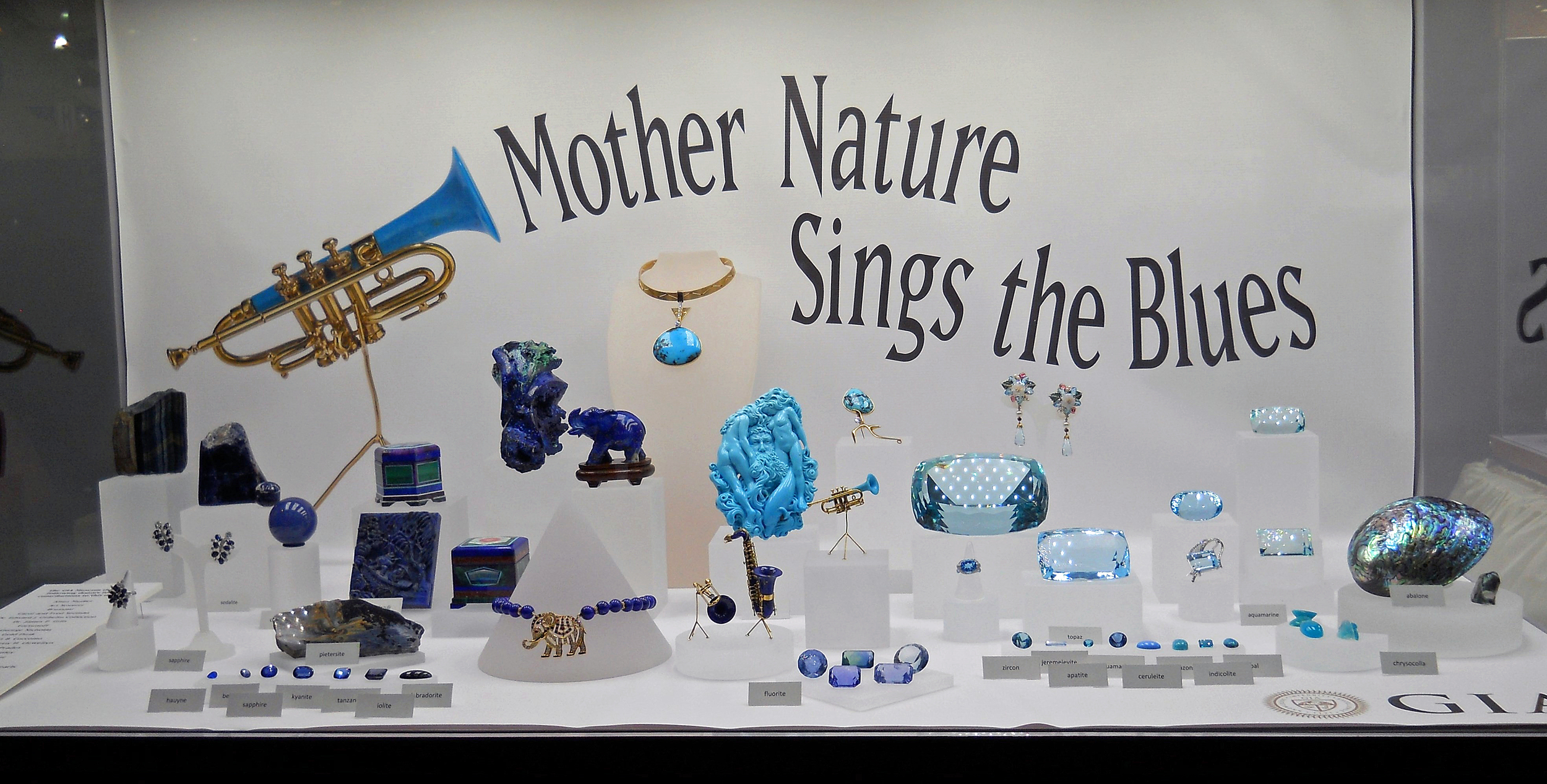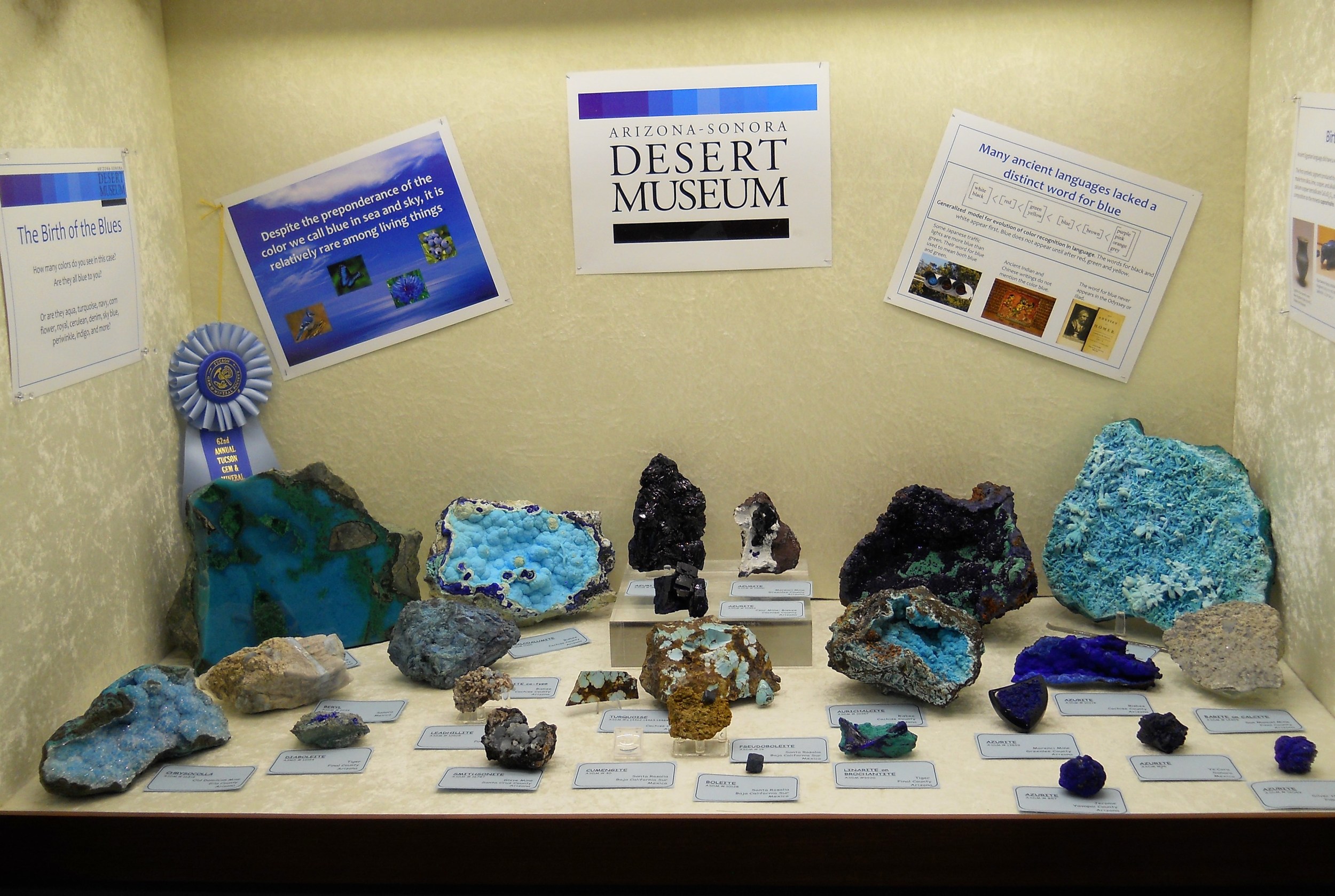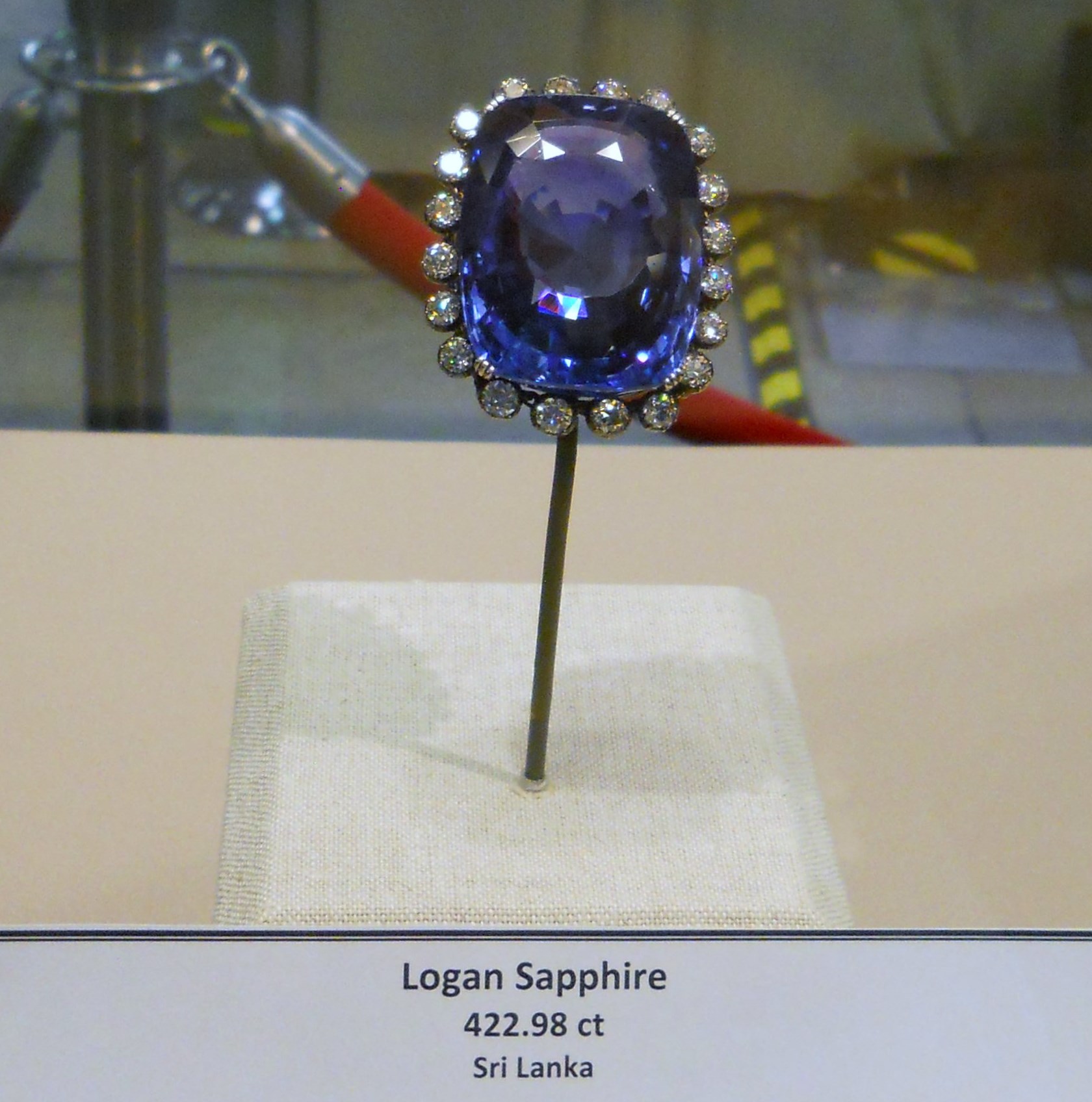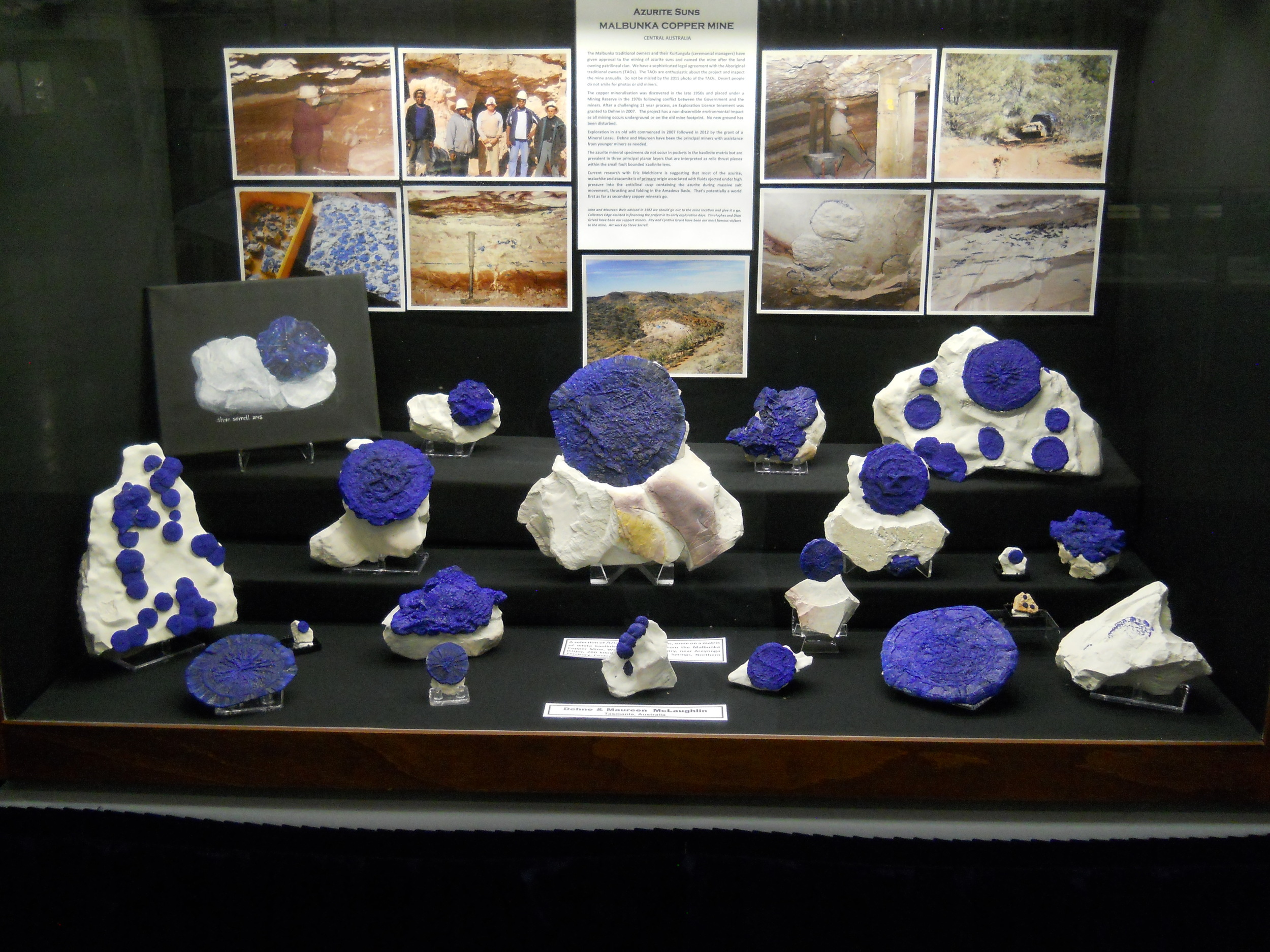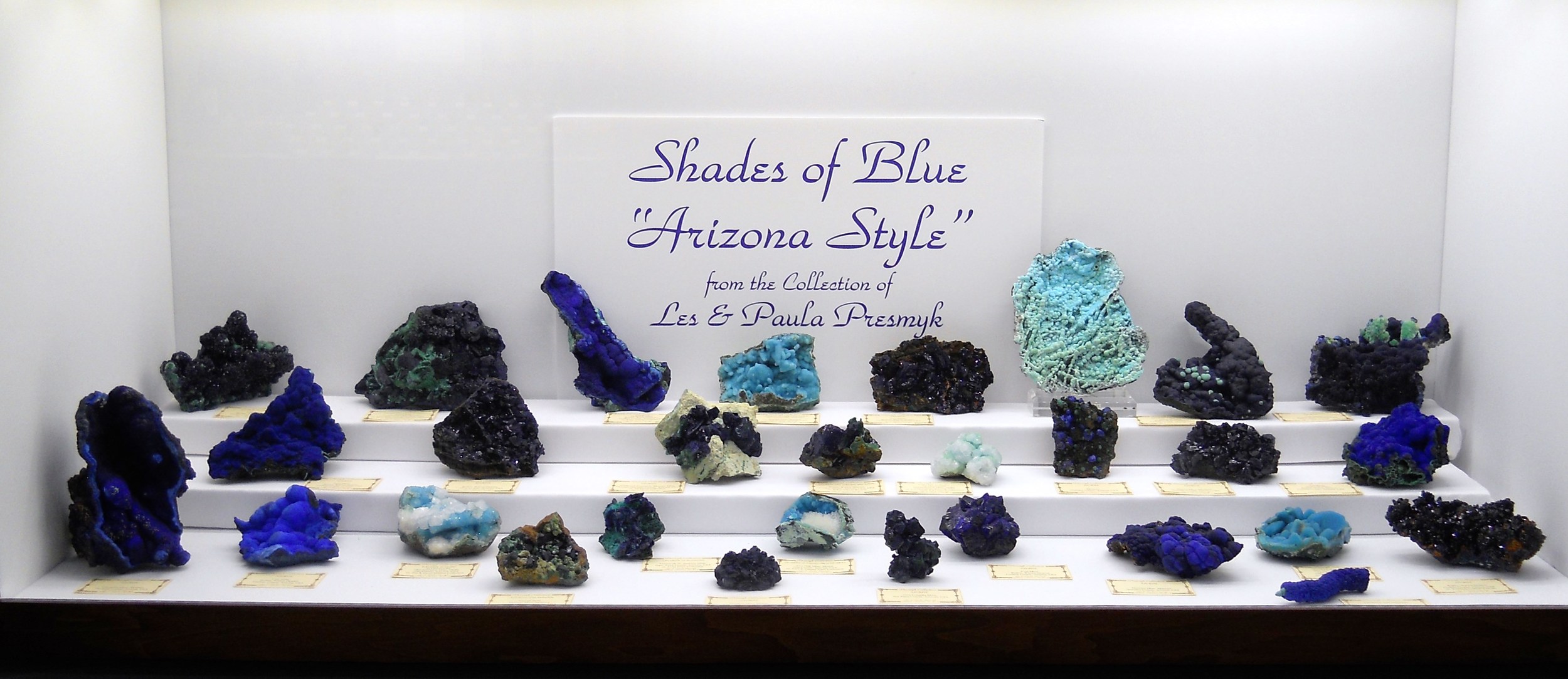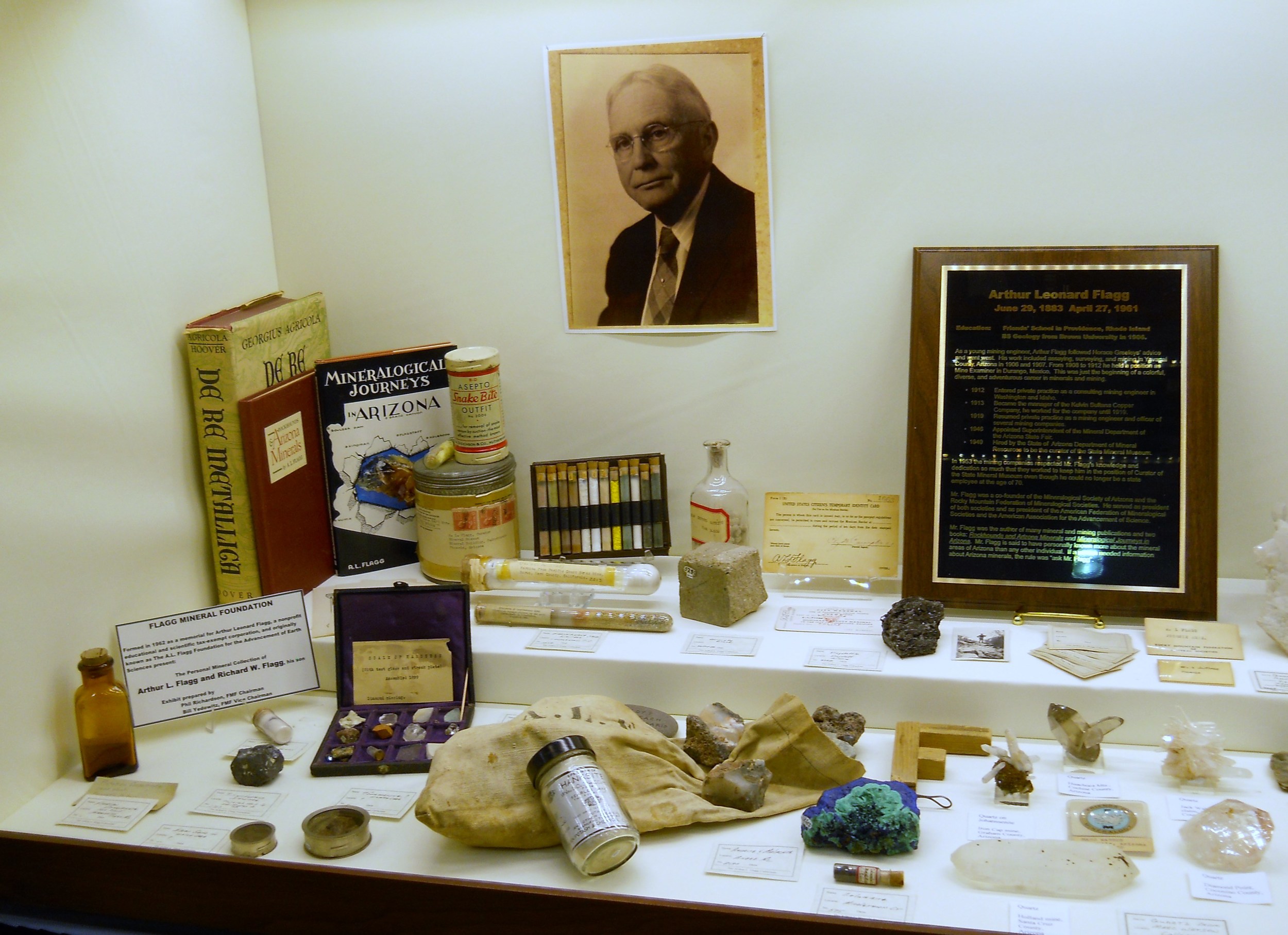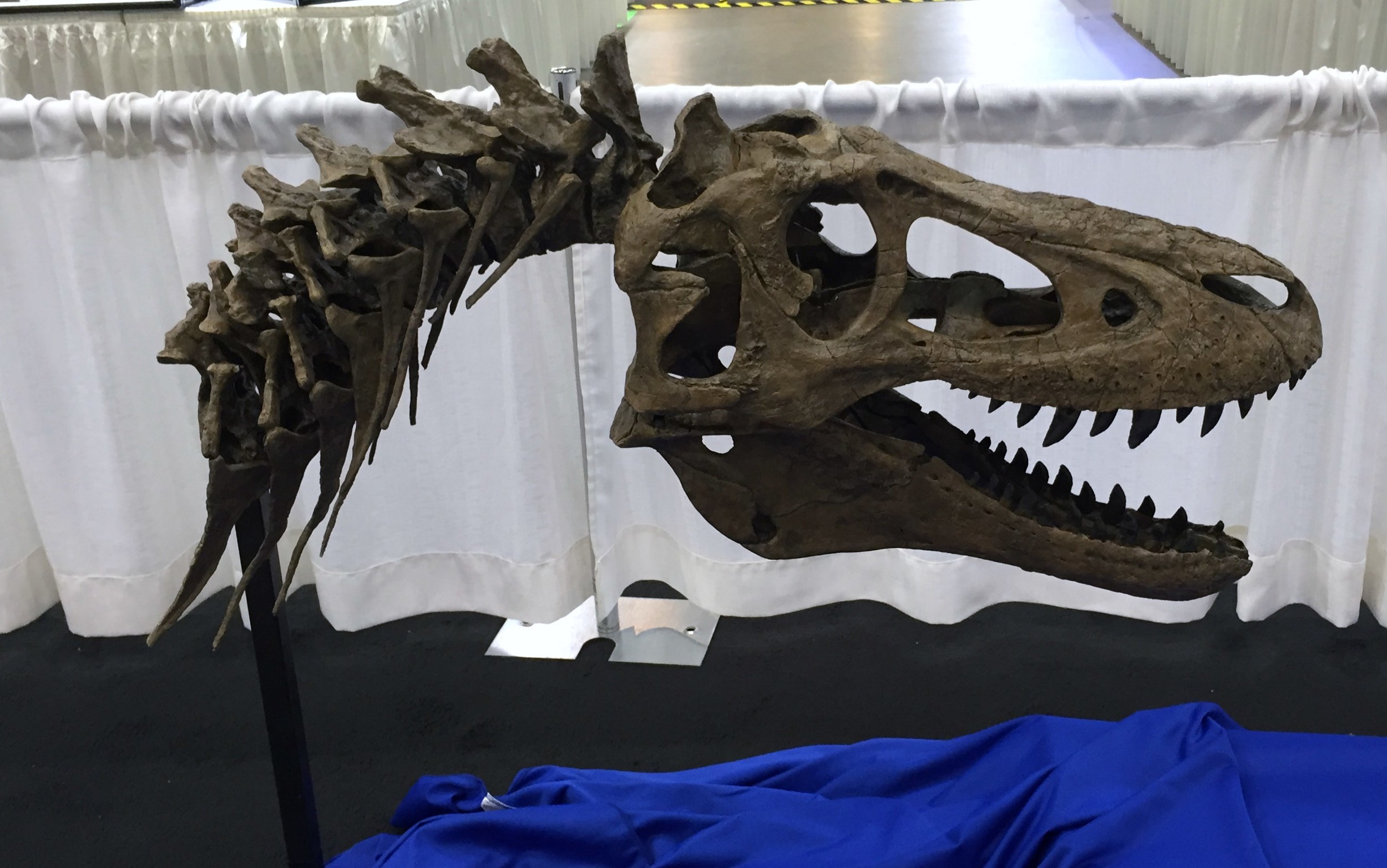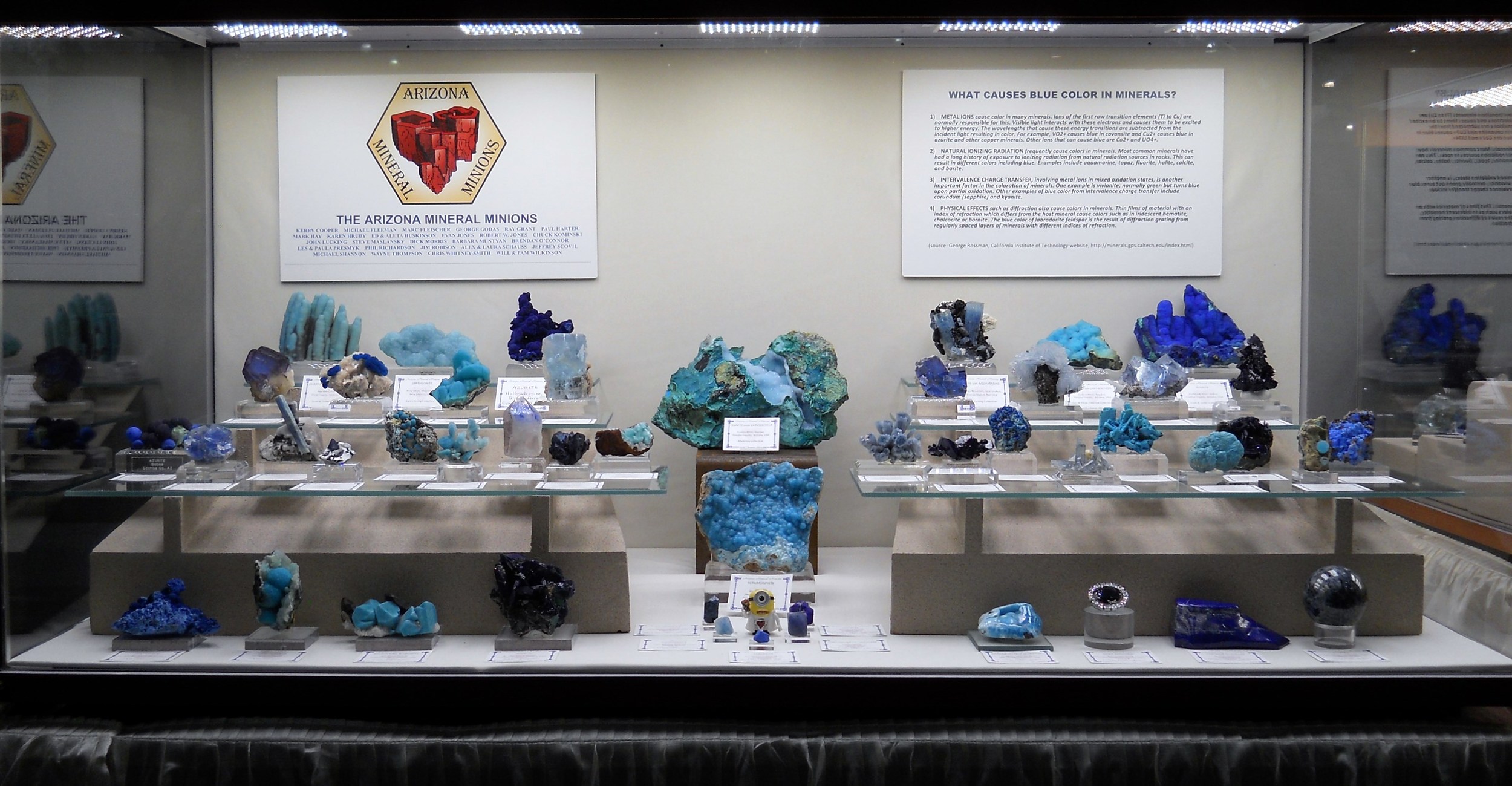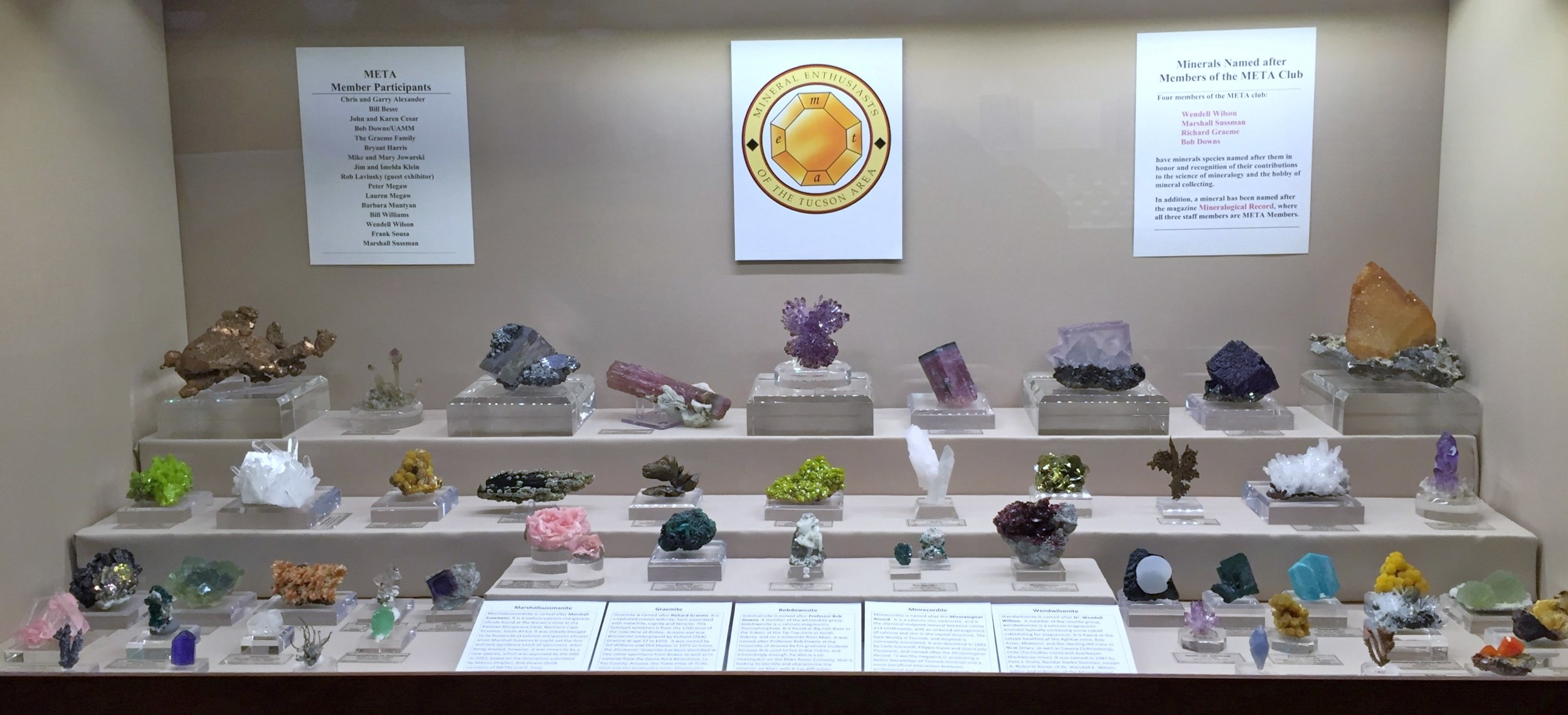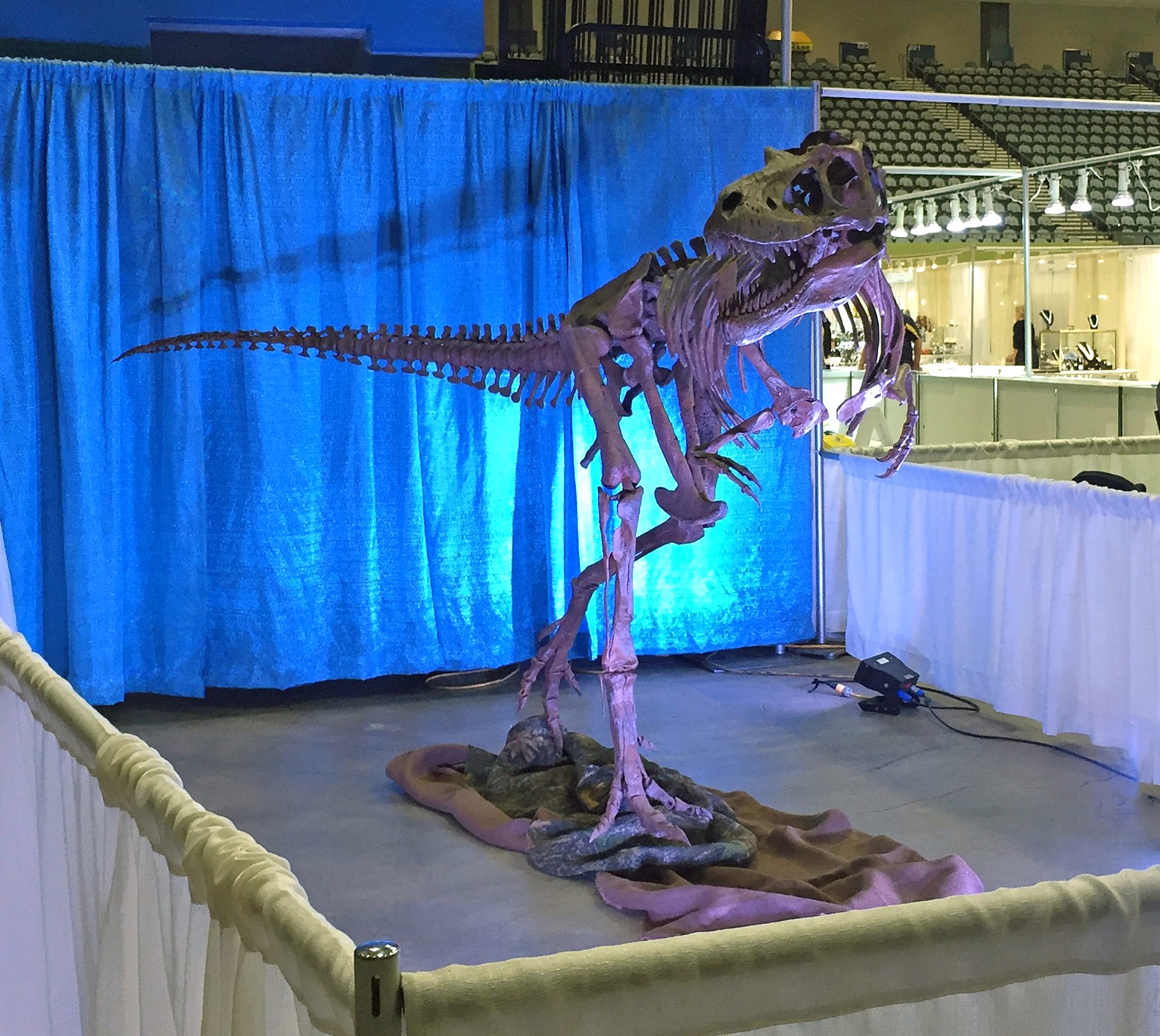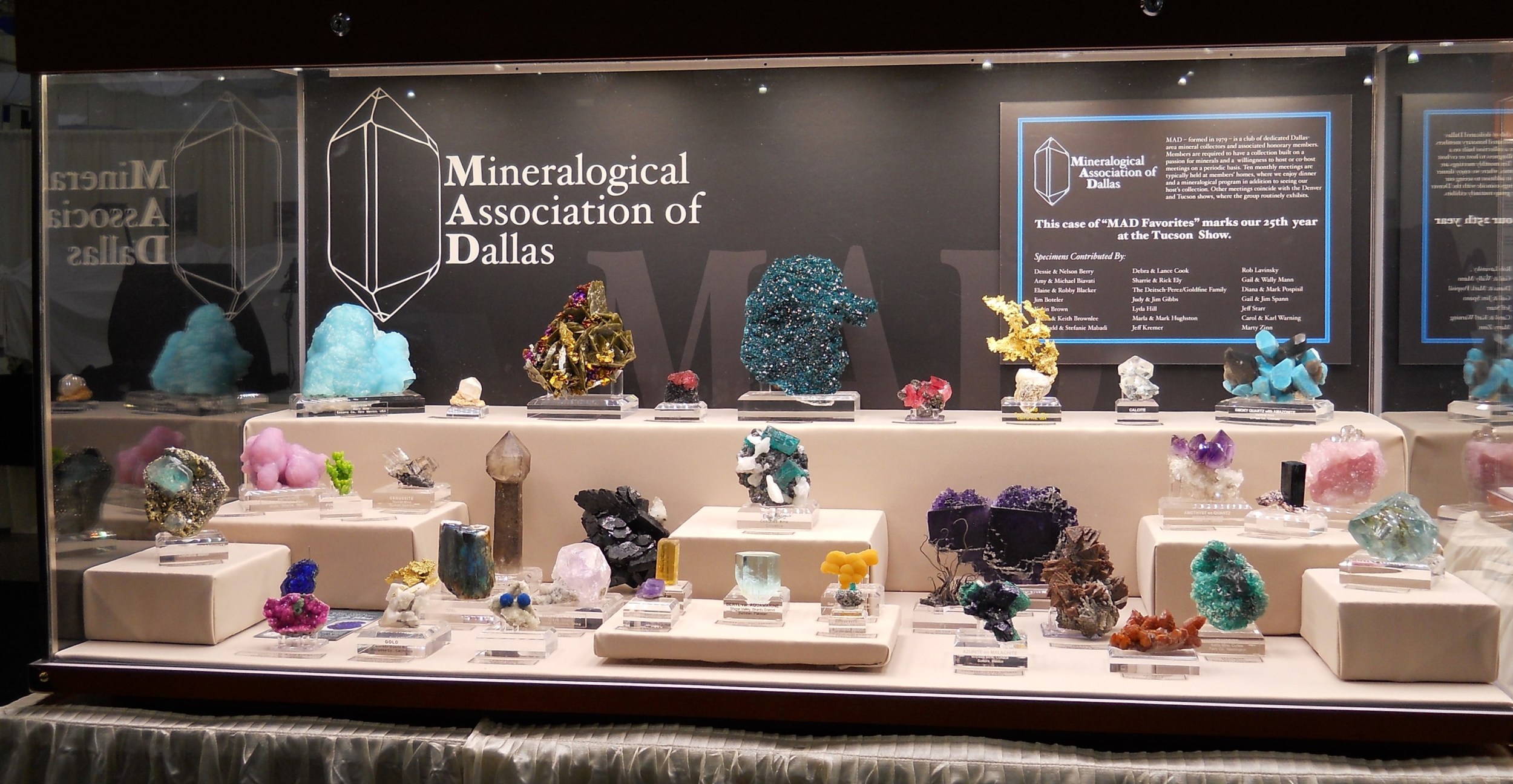IT’S STILL SARSEF - Anna Domitrovic
You may know it as the Southern Arizona Regional Science & Engineering Fair. But some may also know it as SARSEF. The anachronism is the same but a few years ago the name was changed to the Southern Arizona Research, Science & Engineering Foundation to reflect their non-profit status, but it’s still SARSEF. And it’s still the science fair held at the TCC every March.
Now that another science fair judging for the TGMS has come and gone, it’s time to thank the excellent judging team of Jeanette and Bob Barnes and Elaine and Bob Royer with yours truly as team leader. Since judging day was on March 30th, the day before the 3-day event that marked the 25th Minerals of Arizona Symposium, special thanks go to Pat McClain, Executive Manager and Rose Marquez, Executive Assistant for assembling and getting our awards to the TCC for the April 1st ceremonies. Thanks to all involved for keeping the Tucson Gem and Mineral Society front and center at this annual Tucson event.
As for the judging, we had some debate on who should get the first place for our middle school award, but majority ruled and it went to Abbey Brumm, a 6th grader at Tucson Waldorf School. Her project was “Smelting Bronze from Ore and Its Implications”. Bronze is tin (Sn) and copper (Cu). Abbey used cassiterite for the tin ore and a specimen with azurite and malachite for the copper ore, then smelted, refined and produced ingots of bronze. She determined it was a low temperature reaction, around 1,850 degrees Fahrenheit, that resulted in the bronze. Quite a project and deserving of the one award we give to a middle schooler.
The elementary school awards went to two 5th graders and a 4th grader. Leading the charge for the 5th graders was Orion Abrell for “Whether Rocks Weather”. Orion described the project as “an experiment about erosion”. The mass of seven specimens (basalt, conglomerate, dacite, limestone, quartz and quartzite and sandstone) was determined first, and then each was subjected to immersion in carbonated water. After a given time in the solution, mass measurements were again taken. Limestone showed the most noticeable “weathering” of the collection of seven. Theresa Barry teaches Orion at Sam Hughes Elementary.
The second 5th grader to get our attention was Emerson Hoyle, taught by Susan Brindley at Butterfield Elementary. The project, “The Green Penny”, showed how oxidized copper results in green coatings of malachite. Newer pennies (2013, 2014, 2016) were oxidized to extract any copper and compared to the oxidation of older pennies (1972, 1979, 1982) which contain more copper. Attention was also drawn to the Statue of Liberty, showing the green oxidation of the copper contained in this American symbol.
The third of the elementary school awards went to Discovery Plus Academy’s 4th grader, Elisa Verdugo, taught by Diane Thornton. The project, “Copper Electroplating”, asked the burning question “can different metals attract copper?” She attached a battery to a copper sulfate (CuSO4) solution and inserted various objects to determine which ones attracted the most copper, if any. After subjecting objects made of galvanized (nail) and non-galvanized (bolt, screw, washer) steel, sterling silver (fork), stainless steel (fork), aluminum (earring, radiator plate) and cupronickel, a quarter, she determined that the only ones to attract significant copper were the non-galvanized bolt, screw and washer. Elisa expressed an interest in repeating the experiment with a stronger battery. You go girl! There’s your project for next year!
What a fun time it was, and always is, judging at the science fair! The TGMS was the first to contribute and get involved with the science fair when it was first organized more than 60 years ago. We were graciously acknowledged during the opening remarks on judging day. Thank you, SARSEF. We submit our judging team in December every year for the following spring event. Look for an announcement and a call for judges in a fall issue of Rock Talk and contact the office, tgms@tgms.org or me directly at annamd84pa@aol.com if you want to join the fun at the 2018 science fair.

